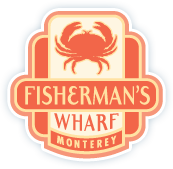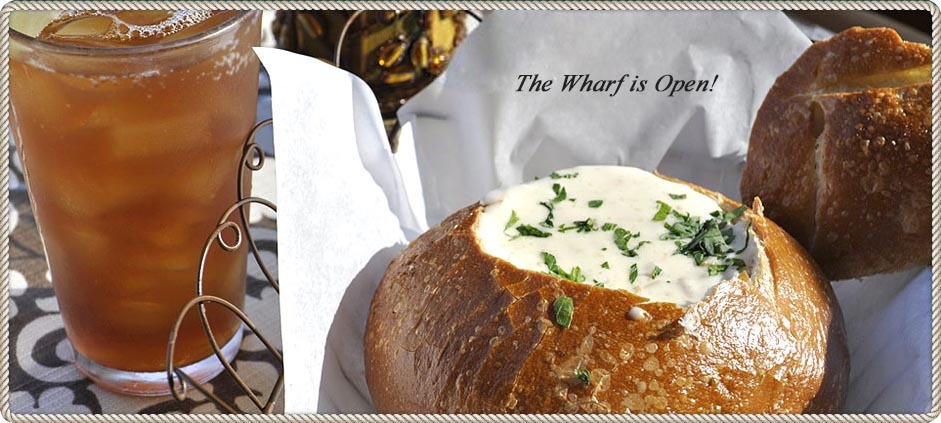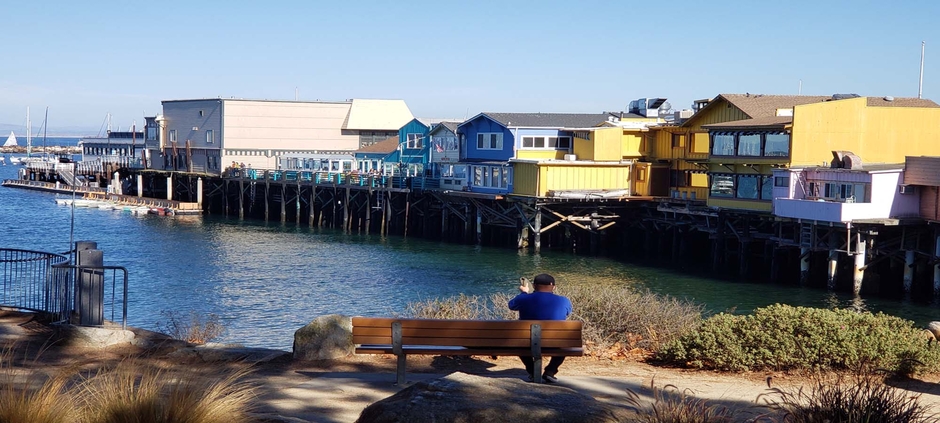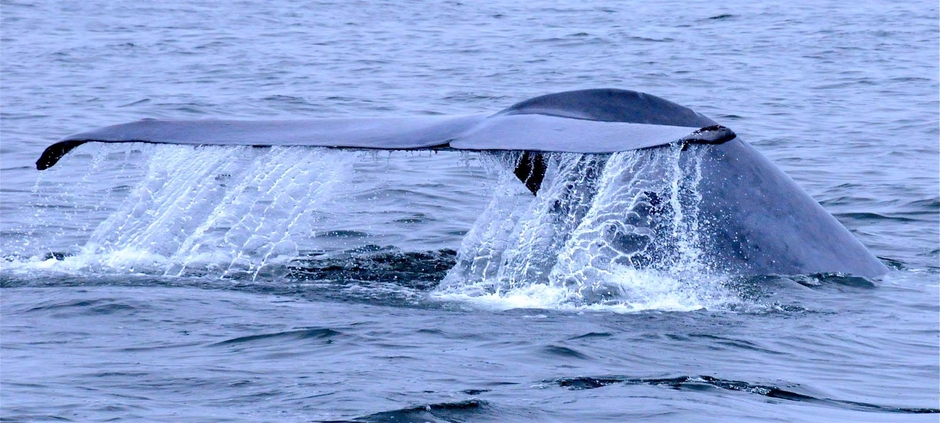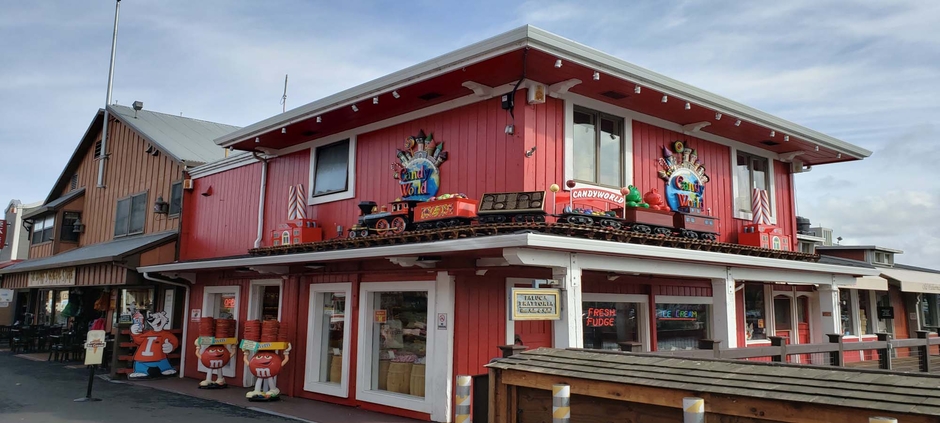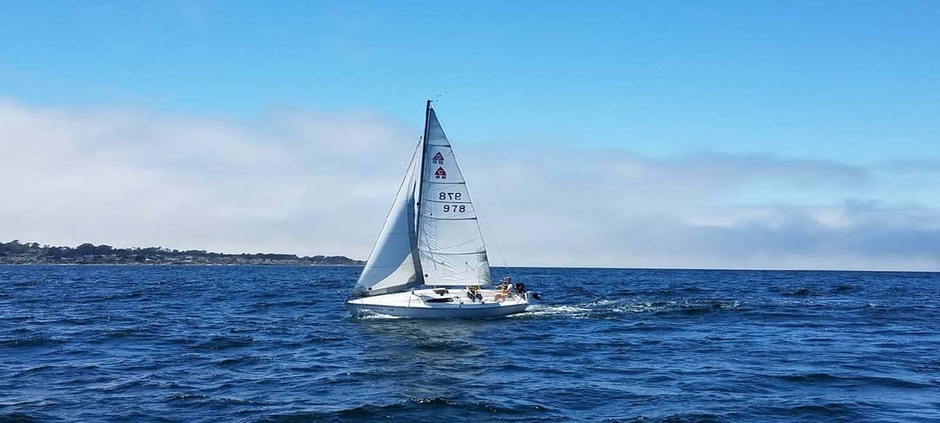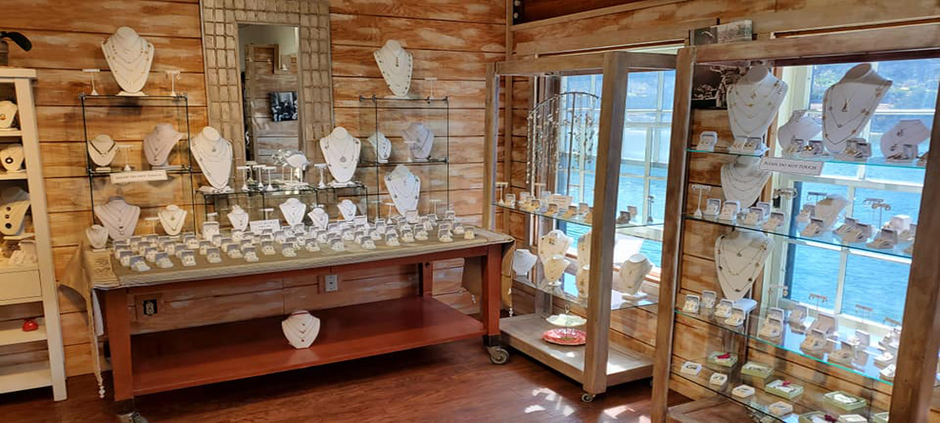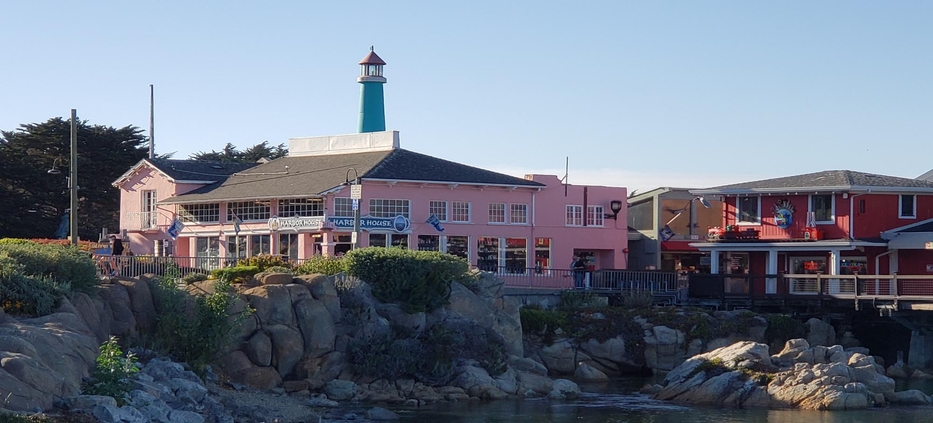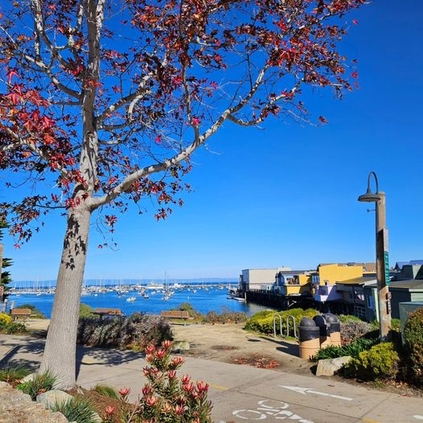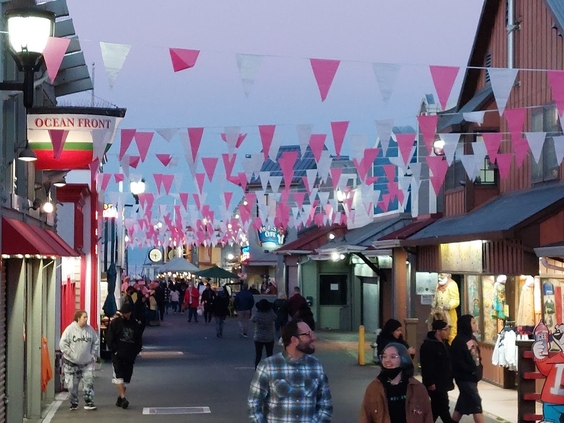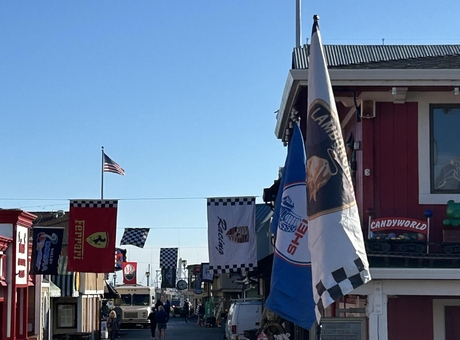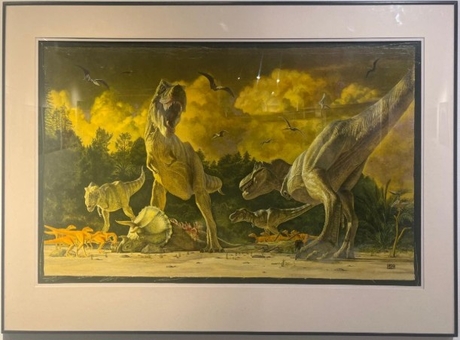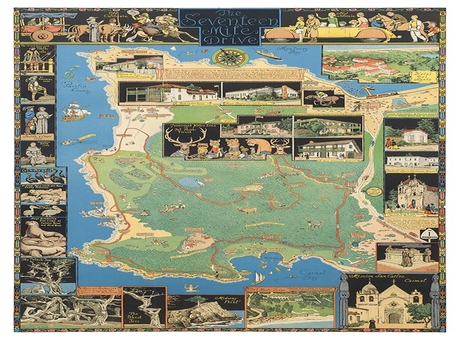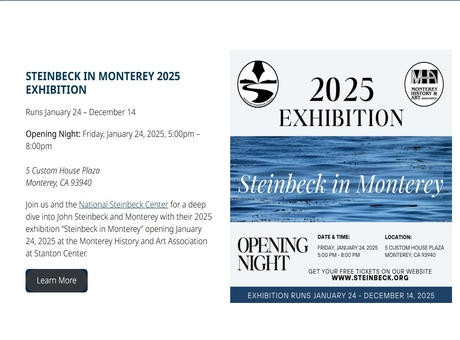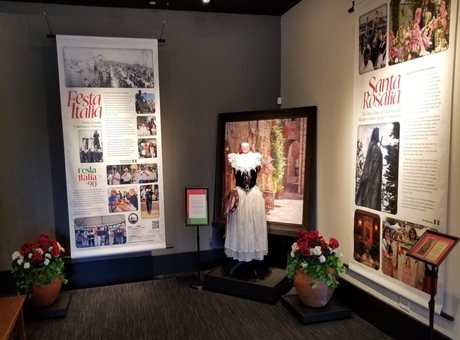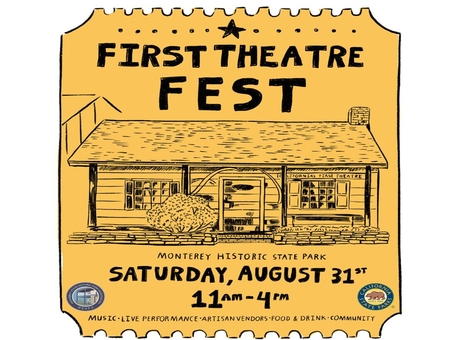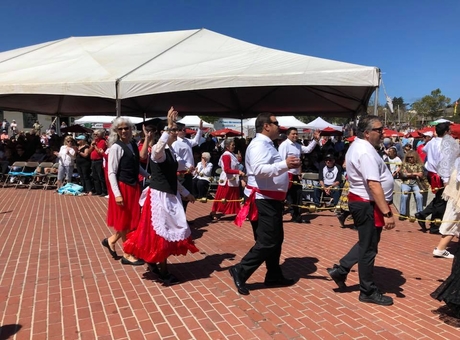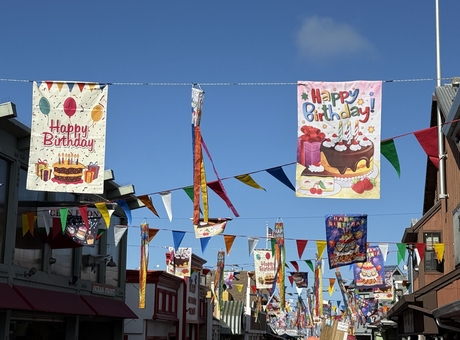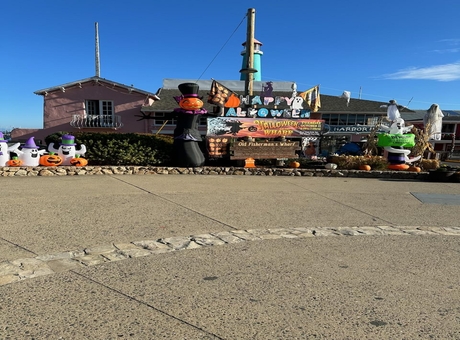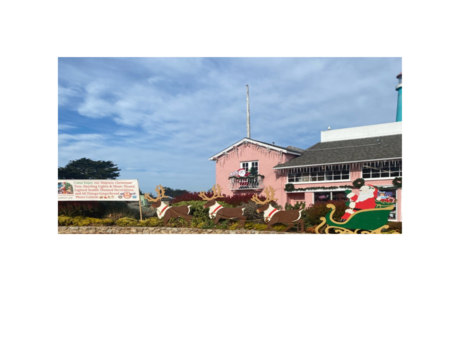Described are our current list of events - describing both our Old Fisherman's Wharf events and some fun nearby events, too.
Look further down this page to find the date of the event you're interested in and click on its link for more details.
DOWNLOAD OUR "WONDERS OF THE WHARF VIP CARD" BEFORE YOU VISIT MONTEREY'S OLD FISHERMAN'S WHARF AND ENJOY MANY SPECIAL MERCHANT OFFERS!
UPCOMING EVENTS ON OR NEAR MONTEREY'S OLD FISHERMAN'S WHARF
Cars, Cocktails & Calamari plus the Western Flyer
Date: Aug 10 - Aug 17, 2025 at 9:00 AM to 10:00 PM
Location:
"Cars, Cocktails & Calamari” Rolls Into Monterey’s Old Fisherman’s Wharf During 2025 Car Week plus a special appearance by the world-famous Western Flyer for both… Learn More...
Sano Exhibits open at adjacent Stanton Center
Date: Aug 10 - Oct 25, 2025 at 10:15 AM to 10:15 AM
Location:
Adjacent to Old Fisherman's Wharf and the Waterfront Parking Lot, a fascinating new exhibit opens on August 3rd at Monterey History and Art at the Stanton Center, showcasing the extraordinary… Learn More...
Largest Ever Jo Mora Cartes Exhibit at adjacent Stanton Center
Date: Aug 10 - Dec 31, 2025 at 12:00 PM to 4:00 PM
Location:
Largest Ever Exhibit of Iconic Artist Jo Mora’s Cartes at Monterey History and Art’s Stanton Center Adjacent to Old Fisherman's Wharf Stanton Center Hours of Operation:… Learn More...
Steinbeck in Monterey Exhibit at the adjacent Stanton Center
Date: Aug 11 - Dec 14, 2025 at 12:00 PM to 4:00 PM
Location:
Note: The Monterey History and Art at Stanton Center is adjacent to Old Fisherman's Wharf and the nearby Waterfront Parking Lot Stanton Center Hours of Operation: Open Sunday-Monday and Thursday-Saturday… Learn More...
Bounty of the Sea Exhibit at the adjacent Stanton Center
Date: Aug 11 - Aug 10, 2026 at 12:00 PM to 3:45 PM
Location:
The Monterey History and Art Association Stanton Center is located adjacent to the Waterfront Parking Lot and steps away from Old Fisherman's Wharf. An important Monterey legacy! This exhibit is a… Learn More...
First Theatre Fest
Date: Aug 31, 2025 at 11:00 AM to 4:00 PM
Location:
Check out the inaugural First Theatre Fest on Saturday, August 31, from 11 AM to 4 PM at the newly restored First Theatre in Monterey State Historic Park close to Old Fisherman's Wharf! This exciting… Learn More...
92nd Festa Italia
Date: Sep 5 - Sep 7, 2025 at 10:00 AM to 9:00 PM
Location:
Entertainment Schedule and New Activities Announced for the free 92nd Festa Italia at the Custom House Plaza – Monterey State Historic Park in Downtown Monterey… Learn More...
180th Wharf Birthday Party
Date: Oct 12, 2025 at 1:00 PM to 5:00 PM
Location:
Monterey’s Old Fisherman’s Wharf Celebrates 180 Years with a Special Free Birthday Party Sunday, October 12, 2025 | 10:00 a.m. – 5:00 p.m. August 6, 2025. Monterey, CA – Save… Learn More...
7th Annual Halloween on the Wharf
Date: Oct 31, 2025 at 4:00 PM to 7:00 PM
Location:
At a Glance: When: Friday, October 31, 2025 from 4:00 p.m. – 7:00 p.m. Where: Monterey’s Old Fisherman’s Wharf (GPS to 201 Washington Street, Monterey, CA) What: 7th Annual Halloween… Learn More...
9th Annual Christmas on the Wharf
Date: Dec 5 - Jan 5, 2026 at 9:00 AM to 10:30 PM
Location:
Don't miss the 9th Annual Christmas on the Wharf - December 5-21, 2025 Live Entertainment and Dazzling New Decorations on Display During December Don’t miss this great holiday event for… Learn More...
